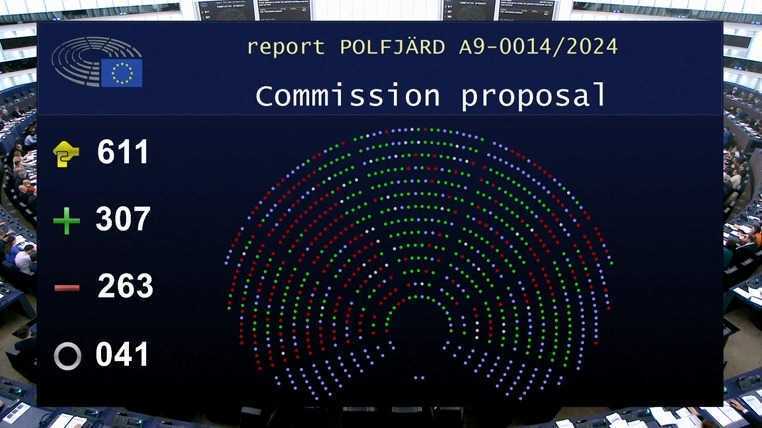On February 7th, 2024, the European Parliament accepted a proposal on the regulation of plants derived from New Genomic Techniques (NGTs). Several months of difficult negotiations and intensive public debate concluded in a historic decision in favor of scientific innovation and sustainable agriculture. The decision is also in alignment with several large campaigns from European scientists, among which Nobel laureates and other leading figures in the field of plant sciences.
In the future, certain plants considered category 1 NGT plants shall be exempted from the strict approval procedures for genetically modified organisms and shall be considered as equivalent to conventionally bred ones. These plants are genetically not distinguishable from traditionally bred lines, since they do not contain any genetic parts of foreign species, unless naturally crossable, but only targeted mutations on some parts of their own DNA. Developing new crop lines with traditional breeding methods requires several years to decades. The employment of NGTs such as CRISPR-Cas “gene scissors” by contrast allows for the targeted modification of genetic material in a few days to weeks. Thus, NGTs enable the generation of plants with improved yield or resilience against diseases, drought, and other environmental stressors at a much faster pace. This results in the possibility to breed new species quickly, which could help with the current demands of more efficient food production and increased sustainability in European agriculture in view of a growing world population and the increasingly pressing challenges of climate change.
GASB welcomes the European Parliament’s decision on the approval of NGTs
The German Association for Synthetic Biology works to build bridges between the scientific community and societal, industrial and political stakeholders.
From a scientific viewpoint, exempting crops acquired by the utilization of certain NGTs was long overdue, as these technologies, contrary to common belief, do not pose any increased risk profile, but rather allow for more predictable manipulations than the techniques of random mutagenesis, which have long been employed and approved for cultivation. The prospect of making European food production more efficient, sustainable, and resilient to the effects of climate change advocates even more for this decision.
The declared limit of the permitted size of genetic manipulation originates from data describing the naturally occurring variation between individual plants. We recognize the importance of employing tangible limits in the regulation of NGTs. However, as previously pointed out by other scientific organizations, GASB emphasizes that this rigid limit falls short in acknowledging the large variety that exists in genome size and naturally occurring variations between different crop species and thus prevents the realization of the full potential NGTs could have in crop breeding without any increased safety concerns.
With the strict genetic engineering rules continuing to apply to the field of organic agriculture and the declared goal of providing a transparent public database on seed labeling and variety catalogs, the precious asset of free consumer choice is ensured.
The intention to ban all patents on NGT plants, materials, parts, genetic information, and process features and to change the European patent regulation accordingly presents an attempt to avoid legal uncertainties and potential dependencies for breeders. While GASB acknowledges this effort and supports the development of a clear framework for patentability of NGT plants and associated parts to ensure a free and independent market, a general ban poses the risk of impairing the desired developments in the agricultural sector, not rewarding the efforts of research and potentially affecting other parts of the industrial bioeconomy.
Apart from these considerations, GASB recognizes the decision as an important leap towards evidence-based regulation and away from former polemic to that end. It welcomes the willingness to make use of well-studied, innovative technologies and possibly enabling synergistic effects to achieve the ambitious goals of the European Bioeconomy Strategy and the European Green Deal. It is now the responsibility of the Member States and the European Council to clarify remaining questions of implementation and to advance the adoption of the proposal in accordance with today’s decision by the Parliament.
The decision clearly marks a historic milestone: It acknowledges the power of novel molecular biology tools that, when convincingly studied to be deemed safe and reliable, bear the potential to achieve a future bioeconomy more sustainable and resilient to the challenges of our modern world.

